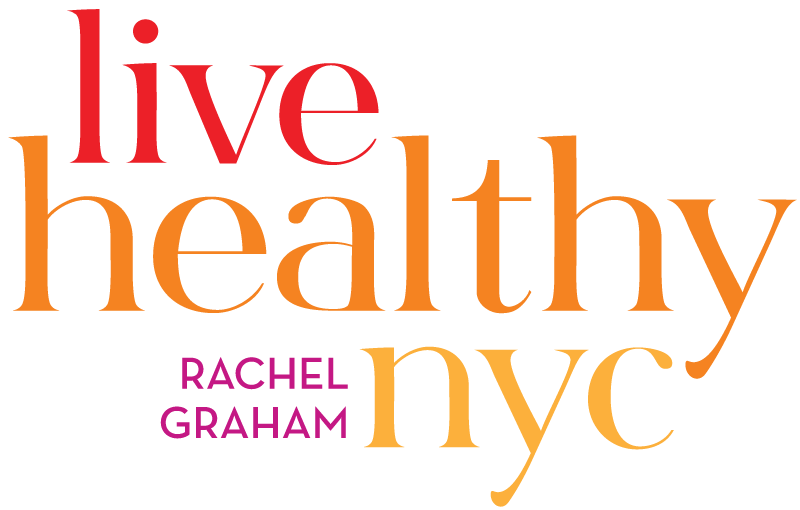My pantry is always full—pretzels, candy, cookies, nuts, dried fruits, chocolates. A little bit of everything, always there, always available. I never worry about running out of my favorite snacks. And yet, when friends see this, their eyes widen with surprise.
“How do you not eat it all at once?” they ask, almost incredulous.
At first, the question confused me. But then, I understood. So many people live with an unspoken fear of food, avoiding certain things because they believe they can’t be trusted around them. They think if they start, they won’t be able to stop.
Diet culture has ingrained this fear deep into us, whispering that some foods are “good” and others are “bad.” That we are “good” or “bad” depending on what we eat. It convinces us that wanting a cookie is a weakness, that enjoying chocolate is indulgent, that certain foods must be controlled or avoided entirely. And so, we try. We restrict, we deprive, we say no. Until one day, we say yes. And when we do, it feels like opening floodgates—eating past the point of pleasure, past the point of satisfaction, until guilt drowns whatever joy was supposed to be there.
But here’s what I’ve learned: It was never the food that held the power. It was the rules, the belief that I couldn’t have it.
The moment I let go of the restrictions—the moment I told myself I could have anything, whenever I wanted—it changed everything. Suddenly, the cookies in my pantry weren’t forbidden. They weren’t some irresistible temptation I had to fight against. They were just cookies. And they would still be there tomorrow.
That certainty gave me something diet culture never did—trust.
Trust that my body knows what it needs. Trust that I don’t have to eat everything in one sitting just because it’s there. Trust that no single food choice defines me.
And with that trust came peace.
I stopped seeing food as something to conquer and started experiencing it as something to enjoy. Some days, I want chocolate. Other days, an apple. Sometimes, I don’t want anything at all. But the choice is always mine, free of guilt, free of fear.
If you’ve spent years fearing food, I know this might sound impossible. But I promise, it’s not.
The key is exposure—allowing yourself to have the foods you once forbade, again and again, until they lose their hold on you. If ice cream is always available, it stops feeling like a “last chance” indulgence. It becomes just another food. Some days you’ll crave it, some days you won’t. And that’s exactly how it should be.
The other key? Mindfulness. Slow down. Taste your food. Ask yourself what you really want. Not what you think you should have, not what some diet plan dictates—what you want. Some days, a few bites of chocolate are enough. Other times, you might want more. And both are okay.
This is what food freedom looks like—not a constant battle of willpower, but a quiet, unshakable peace. Food no longer controls me. It has its place in my life—important, enjoyable, but not all-consuming.
And for the first time in a long time, I trust myself.
And that trust? It’s everything.
As a licensed Clinical Behavioral Therapist and Intuitive Eating Counselor, I’m here to help you integrate these practices into your life. If you're interested in working with me, feel free to reach out at rachel@livehealthynyc.com




















